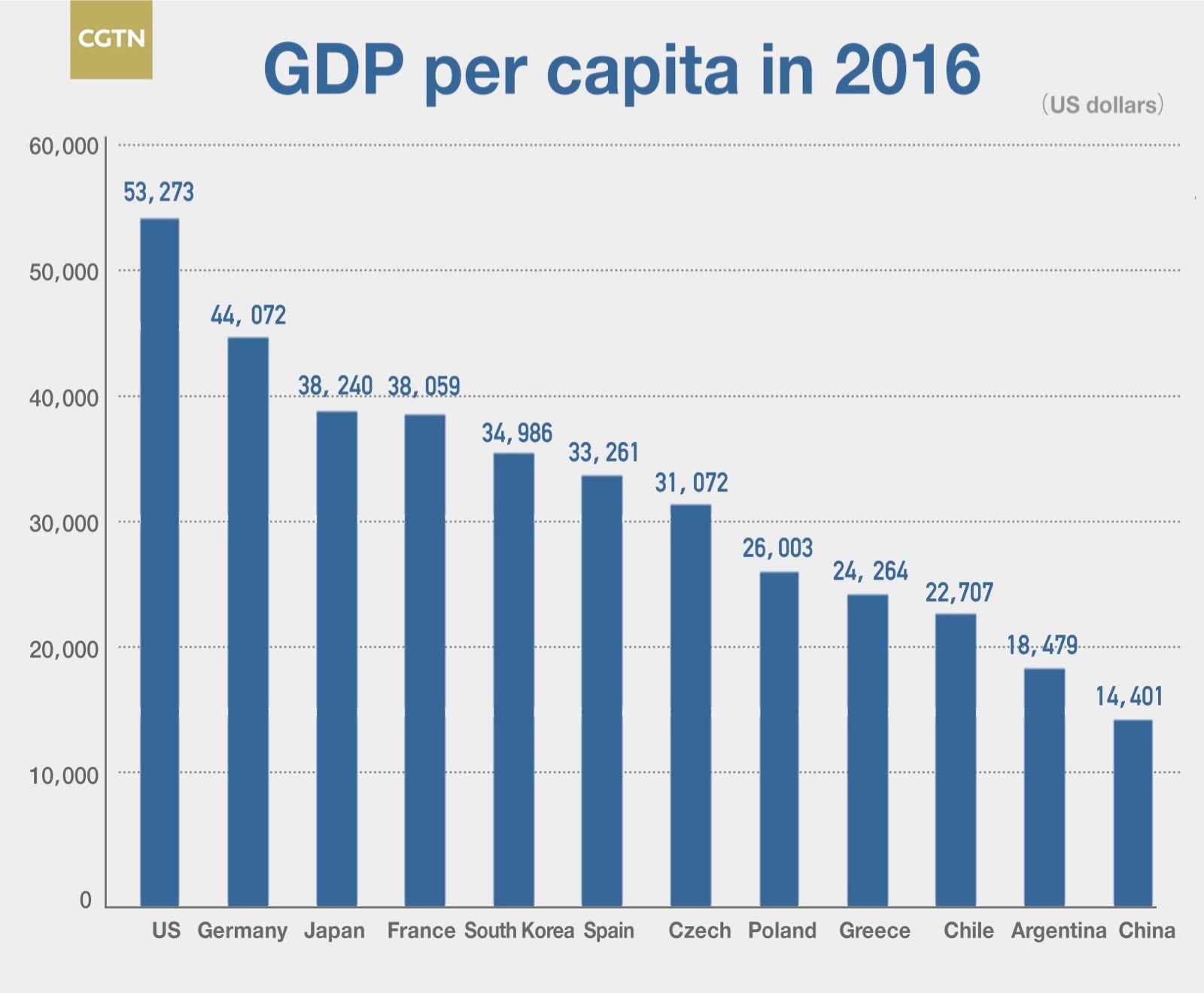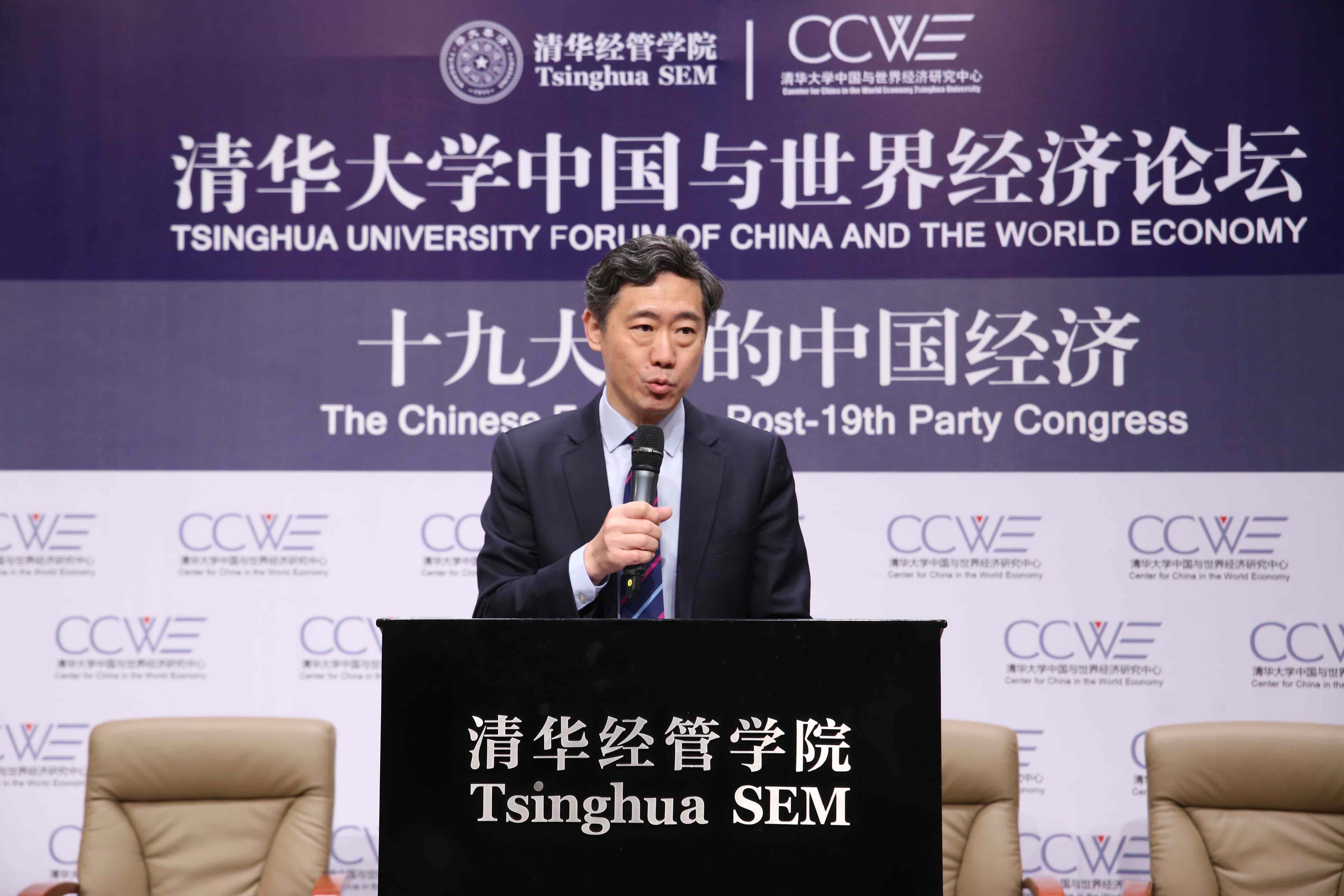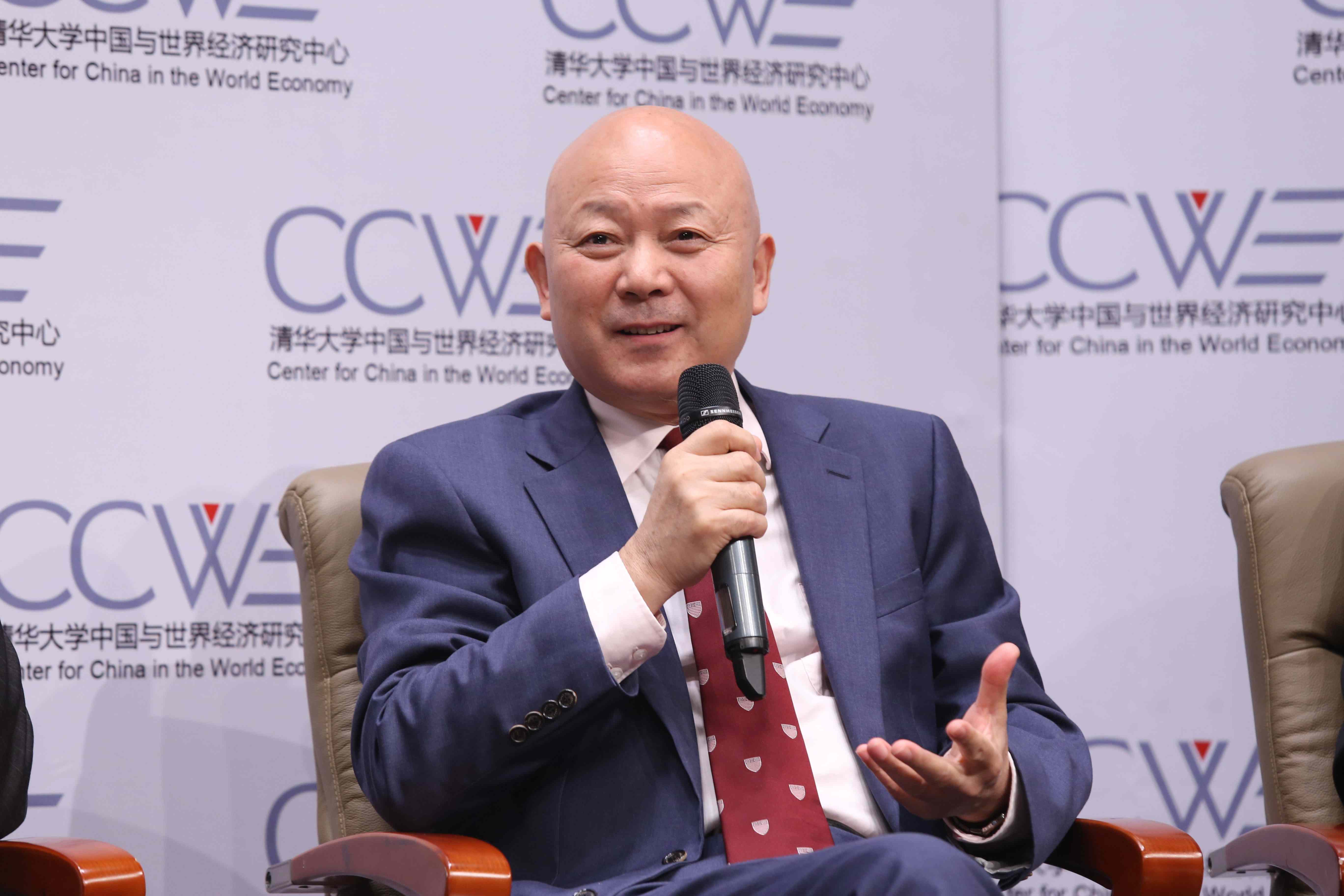
Business
13:51, 30-Oct-2017
Three major challenges, three defining dates for China's economic future
by CGTN's Yang Jing

Now that the Communist Party of China (CPC) has unveiled the development blueprint for the world’s second largest economy, economists expect China will be one of the 10 most developed global economies by 2050, if the country can successfully confront several major challenges.
Three defining dates
Economic indicators show that China’s economy in the first three quarters of this year maintained stable and positive growth momentum. The recent 19th CPC National Congress reaffirmed that economic growth is no longer the government’s primary concern, with authorities set to pay more attention to the quality of growth and establishing a healthier economic structure.
In addition to the goal of becoming a "moderately prosperous society in all respects" by 2020, the report to the 19th Party National Congress saw General Secretary of the CPC Central Committee Xi Jinping introduce a two-stage development plan covering the period from 2020 to the middle of the 21st century, coinciding with the centenary of the founding of the People's Republic of China.
Between 2020 and 2035, the first stage foresees China basically achieving "socialist modernization," and in the following stage up to the year 2050, establishing itself as "a great modern socialist country."
Based on economic indicators and income standards set by the World Bank, Tsinghua University’s Center for China in the World Economy (CCWE) interpreted the three key dates in a forecast report released on Friday.
In 2016, China’s GDP per capita reached 14,401 US dollars, surpassing the World Bank’s middle-high income standard of 14,156 US dollars.
If China can achieve growth of 6.5 percent in the next three years, its GDP per capita will be close to the World Bank’s high income standard of 38,518 US dollars, and exceed that threshold in 2020, according to CCWE’s forecast report. That would, according to international standards, make China a developed economy.

GDP per capita in 2016. Source: World Bank and CCWE. /CGTN Photo
GDP per capita in 2016. Source: World Bank and CCWE. /CGTN Photo
If countries with populations of more than five million are ranked in terms of GDP per capita, China can be in the top 30 by 2035, and break the top 10 in 2050, provided that it maintains medium-to-high speed growth between four and seven percent over the next 33 years, the report predicted.
Challenges ahead for China
In order to maintain such a trend, China faces major challenges, with unbalanced regional development at the top of the list, said Li Daokui, director of the CCWE, at a forum at Tsinghua University on Friday.
The imbalance between coastal and inland regions is stark – the 2016 GDP per capita of south China’s Guangdong Province was more than double that of southwest Yunnan Province, according to official data.
Huge gaps even exist between neighboring provinces. The 2016 GDP per capita of Jiangsu Province on the east coast was 95,394 yuan, more than double that of Anhui Province next door.
Xi’s report to the 19th CPC National Congress also suggested that new economic growth drivers are needed to resolve regional imbalances in development.
Industrial upgrades in recent years have seen coastal provinces move away from mass manufacturing towards high-tech development, pushing traditional industries and labor back inland. Therefore, those underdeveloped regions have the opportunity to make full use of those advantages, Li said, noting that development in such areas will be a strong driving force for the country’s wider economy.

Director of CCWE Li Daokui speaking at the Tsinghua University Forum of China and the World Economy on Friday. /CCWE Photo
Director of CCWE Li Daokui speaking at the Tsinghua University Forum of China and the World Economy on Friday. /CCWE Photo
The second challenge is to avoid risk as China further opens up its financial market, said CCWE’s report, stressing "a stable and orderly financial market opening up is the foundation of a stable economy."
The third challenge set out by the report is improving the quality of China’s labor force in the face of new trends in technology. The CCWE noted that for every additional year spent in education by China’s labor force, additional output is equivalent to the workforce growing by 16 to 20 percent.
A separate concern regarding the labor force is China’s ageing population. By 2055, 400 million people, or 27.2 percent, of China’s population will be aged 65 or older, according to estimates by the Chinese Academy of Social Sciences.
China will make completing high school part of its compulsory education system by 2020, the Ministry of Education said during the 19th Party Congress.
In addition to economic growth, Zhu Chenghu, the former director of the National Defense University of People's Liberation Army, said at the forum that peace will be key to China’s development.

Zhu Chenghu, former director of the National Defense University of the People's Liberation Army, speaks at the forum. /CCWE Photo
Zhu Chenghu, former director of the National Defense University of the People's Liberation Army, speaks at the forum. /CCWE Photo
Among all the major economies, Zhu said China faces the most complicated security situations, with establishing a strong military power the best way to avoid war.

SITEMAP
Copyright © 2018 CGTN. Beijing ICP prepared NO.16065310-3
Copyright © 2018 CGTN. Beijing ICP prepared NO.16065310-3